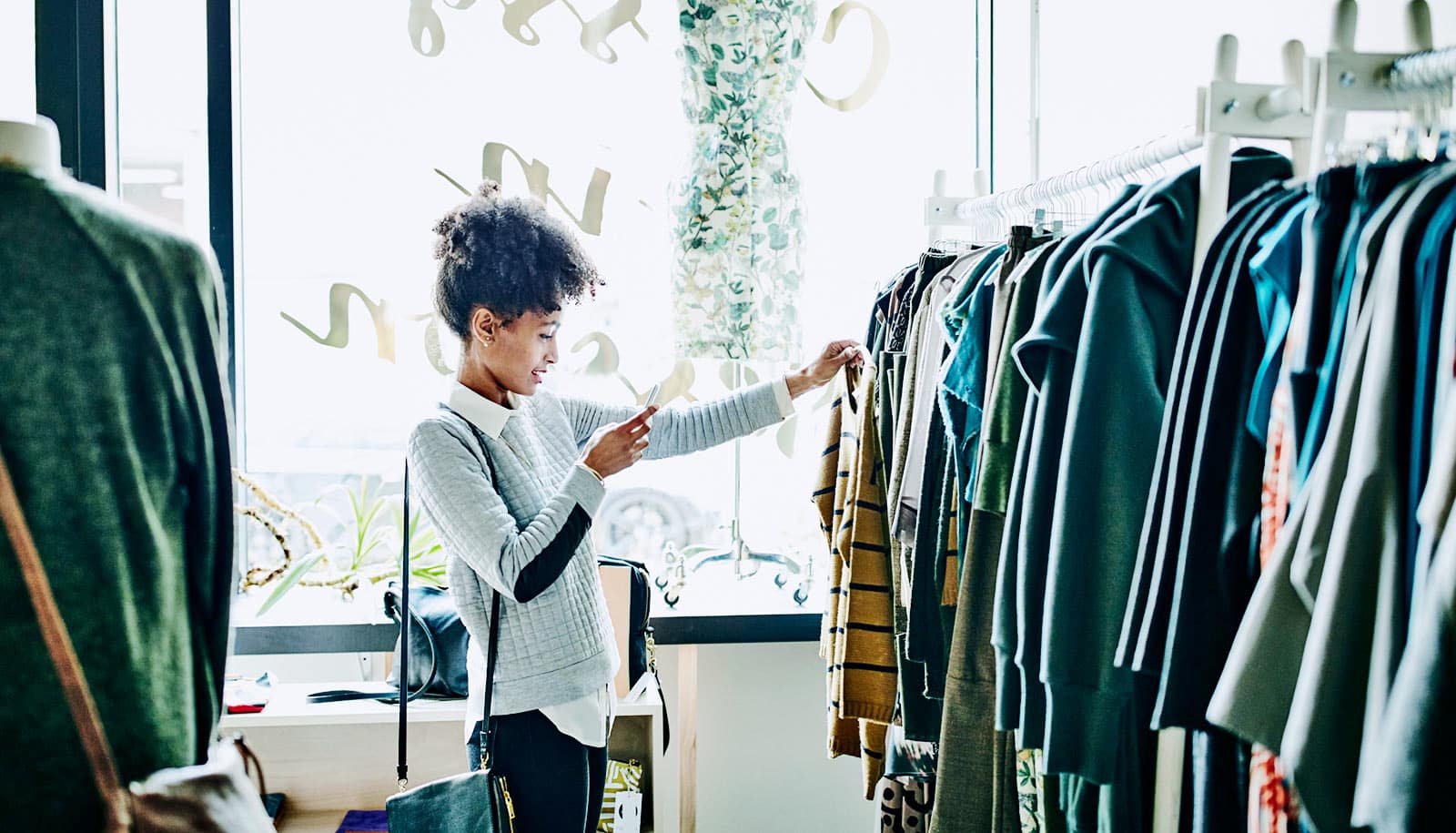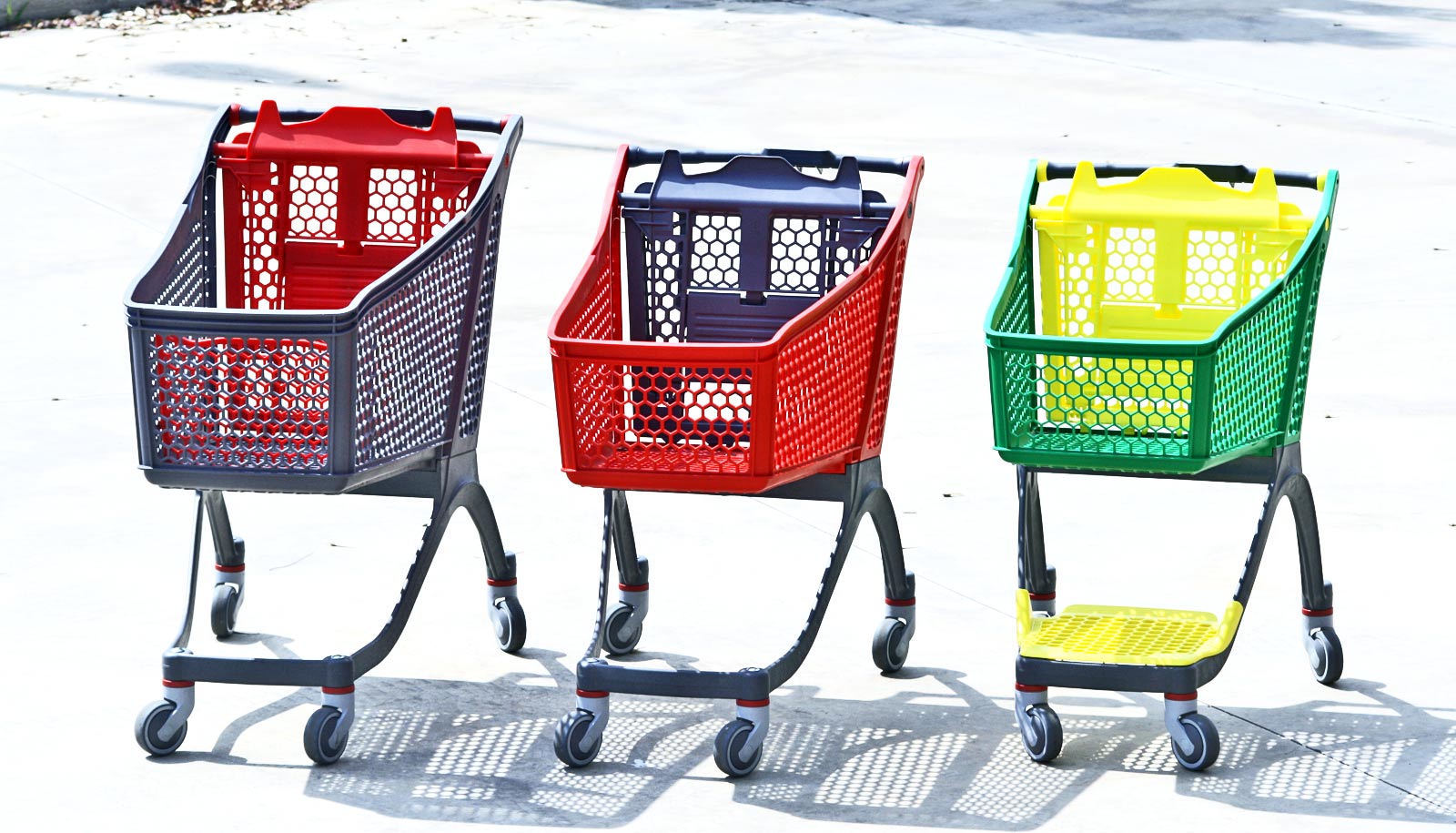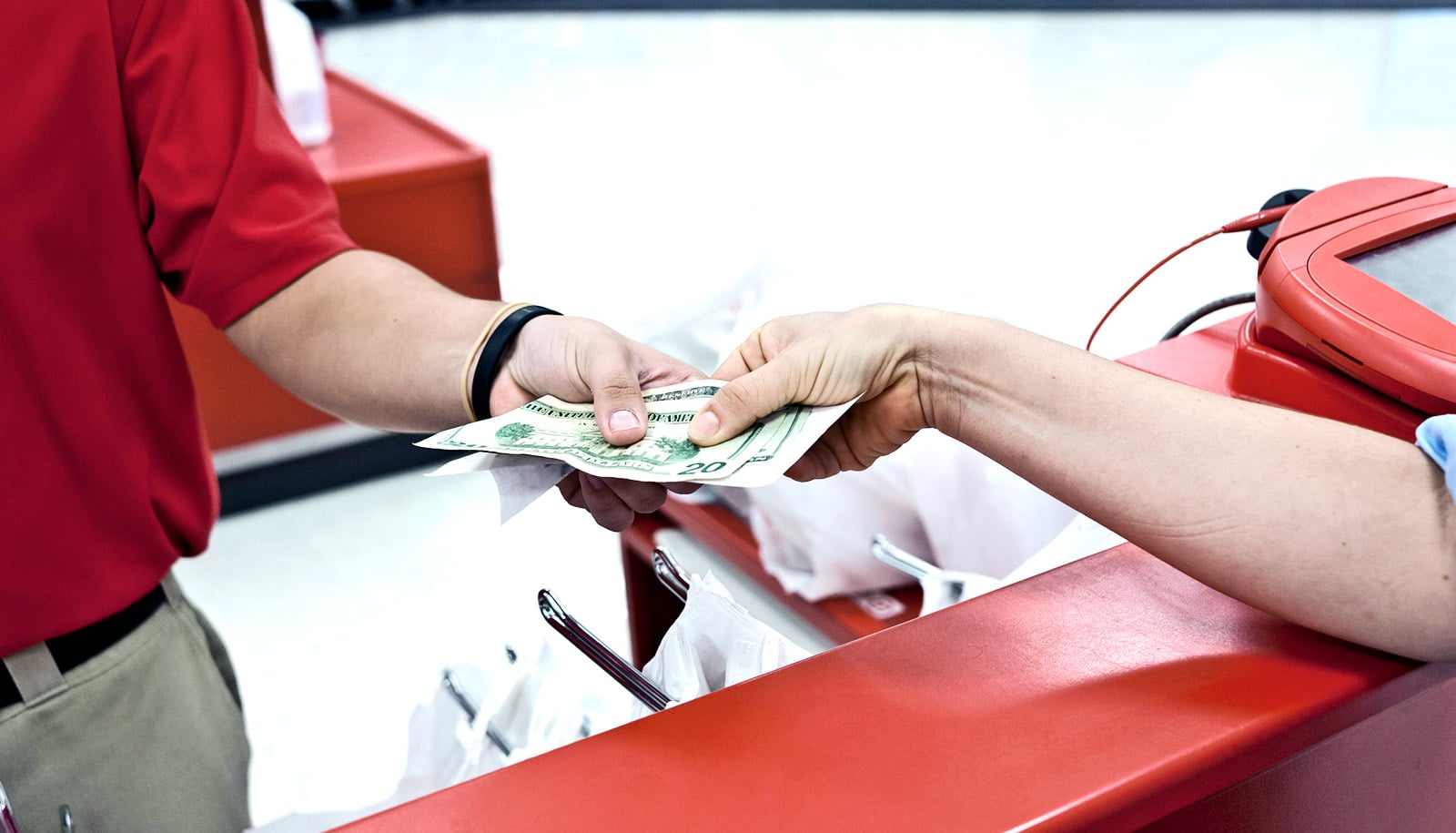As stores close their brick-and-mortar outposts in the hopes of shifting sales to their websites, online purchases could suffer as well, according to new research.
Anuj Kumar and his family used to shop at Macy’s, both at the store and online. But when the store at their local mall closed, Kumar, a professor at the University of Florida’s Warrington College of Business, started shopping at the local JC Penney and canceled his Macy’s card.
Macy’s lost not only his in-store purchases, but his online sales, too. And he’s not alone.
In a forthcoming study in Information Systems Research Journal, Kumar shows that for products such as apparel, a brick-and-mortar store in a customer’s area drives sales both in person and online.
After a store opens, customers naturally visit a retail location more and purchase more in person from that retailer than they did before. But they also spend 29 percent more on the store’s website. They might choose to buy online after evaluating an item in person, either because they want a different size or color or need more time to make a decision.
Kumar also found that the ability to return items in a local store reduces customers’ risk when purchasing apparel online, which drives online sales. Take the store out of the equation, however, and online sales categories such as apparel and fashion products could plunge.
So how can retailers hold on to the good parts of brick-and-mortar stores—and their customers—without hemorrhaging money?
“You’re going to see innovative new things popping up,” Kumar says.
He outlines five possibilities:
1. Store as showroom
A product might be shown in a single color, for example, so customers can see and touch it before they order it online. Online-first retailers such as Warby Parker have seen a sales bump from experimenting with brick and mortar showrooms, Kumar says.
2. Concierge-style shopping
“Retail stores offer person-to-person engagement. Should we lose that completely? I don’t think so,” Kumar says.
Instead, how about an experience that blends in-store help with online selection? “It might be a salesperson with a tablet that shows you online items too,” he says. “The experience would be very personalized.”
Menswear retailer Bonobos uses this concept in its Guideshops, where customers make a 30- or 60-minute appointment for fitting and choosing items, which they have shipped to them in their preferred color and size.
3. Return centers
“Even though most online return policies are pretty liberal, it’s a bother to pack and mail an online return, even if you’re not paying return postage,” Kumar says. Then you wait for your refund, and try to remember to check your account to make sure it shows up. No wonder people prefer to return items in person.
For some retailers, just offering a return window could be enough to hold on to customers if a brick-and-mortar store doesn’t make sense. A return center wouldn’t have to be in a mall, where rents are high, and wouldn’t require as much staff or display space as a traditional store.
4. Tiered pricing
If you want or need to buy an item in the store, you’d pay a little more for the convenience of taking it home immediately. If you can wait to have it shipped to you, you could buy it at a discount.
5. Smaller stores and more of them
You probably want to try clothes or fragrances before you buy them, but do you really need to see a blender in person? Department stores are wasting money paying for massive stores to house electronics and other items customers don’t need to touch or try on, Kumar says.
“A Macy’s at a high-end mall is a costly space. By being selective in what products you stock, you don’t have to close and throw baby out with bathwater. And with smaller stores, they might even be able to cut prices.”
Retailers may opt for a combination of these approaches.
“Brick and mortar stores are not going away,” Kumar says, “but they’re certainly going to change.”
Source: University of Florida



